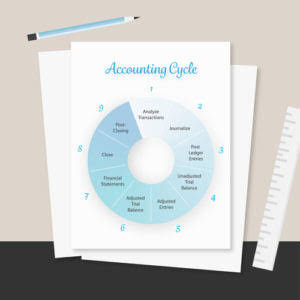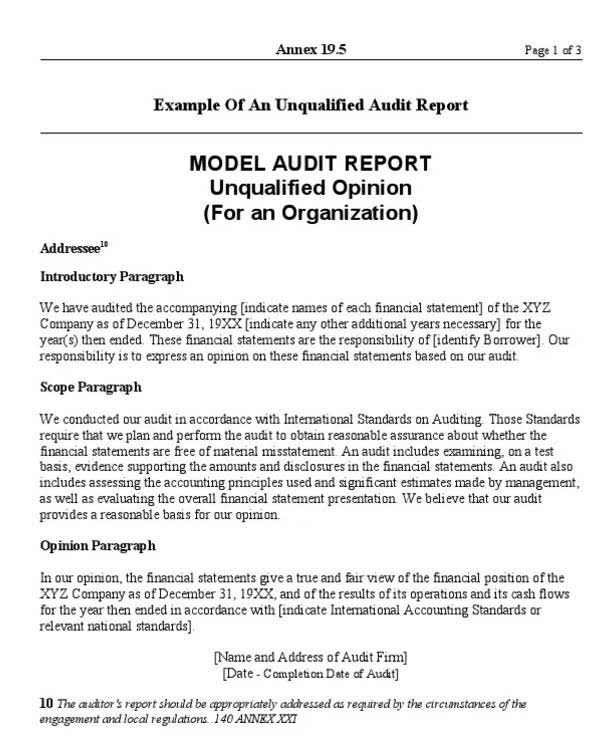How to calculate outstanding shares

Those companies buy back and retire shares, instead of holding them in the treasury. Overall, the number of shares outstanding, the metrics you can calculate from it, and related metrics — like the float — provide key insights to investors. Here, the balance sheet reports 8,019 million shares issued and 3,901 million treasury shares, as of September 30, 2022. Knowing a company’s number of shares outstanding is key when calculating critical financial metrics and determining share value as a portion of ownership.
What are Shares Outstanding?

As noted above, outstanding shares are used to determine very important financial metrics for public companies. These include a company’s market capitalization, such as market capitalization, earnings per share (EPS), and cash flow per share (CFPS). The common stock outstanding of a company is simply all of the shares that investors and company insiders own. This figure is important because it translates a company’s overall performance into per-share metrics, making an analysis much easier regarding a stock’s market price at a given time.

Authorized Shares
Shares outstanding are the total shares of a company currently held by shareholders. Among investors, it is most relevant to those who compile a position in a stock over a long period of time, buying on the dips and holding the shares. Founded in 1993, The Motley Fool is a financial services company dedicated to making the world smarter, happier, and richer. The Motley Fool reaches millions of people every month through our premium investing solutions, free guidance and market analysis on Fool.com, top-rated podcasts, and non-profit The Motley Fool Foundation.

How to Calculate Total Common Shares Outstanding
Investors may demand more shares than are available, resulting in the price of the shares increasing. The float gives valuable information to investors, like how a company may proceed in the future if it determines it needs more money or the ownership structure of the company. A widely held opinion is that when these companies are repurchasing shares, they tend to do it when they have a lot of cash. This usually means that they are performing well and have been having success.
- This includes shares distributed during the company’s initial startup phase or through secondary offerings.
- The article does not warrant the completeness or accuracy of the information and disclaims all liabilities, losses and damages arising out of the use of this information.
- A publicly-traded company can directly influence how many shares it has outstanding.
- A company’s number of shares outstanding refers to the total amount of shares it has issued.
- As a result, the weighted average of outstanding shares will not tell you the diluted earnings per share.
- This broader view is captured in the “fully diluted” calculation, which takes into account shares that would be issued if all authorized stock options and convertible securities were exercised.
It also offered 3,000 shares to each of the two managing directors and has 5,600 treasury shares. Floating shares serve as a good representation of the company’s active shares or share turnover among various investors in the market, excluding parties holding substantial portions of equity. The company can increase or decrease the number of shares outstanding by issuing new shares or via share repurchases (buybacks). In the US, public companies are obligated to report their number of shares outstanding as part of the SEC’s filing requirements. If a startup issues 10 million shares out of 20 million authorized shares to an owner, and the owner’s shares are the only ones issued, the owner controls 100% of the corporation. These balance sheets are found within a firm’s quarterly and annual reports.
Public companies are required to report their number of shares outstanding in their quarterly and annual disclosures to the Securities & Exchange Commission. It includes shares held by the general public and restricted shares that are owned by company officers and insiders. Understanding how to calculate outstanding shares for a public company would appear to be a simple matter. The shares available to investors on the open market are commonly called the float. In general, stocks with low floats will experience more volatility than those with large floats. The shares companies issue are known as authorized shares, which are the maximum number of shares they are lawfully permitted to make available to investors.
- For example, the difference between the number of shares currently outstanding and the number of shares fully diluted is comparatively likely to be significant for fast-growing technology companies.
- Companies may do this to increase their share price, such as if they need to satisfy exchange listing requirements or want to deter short sellers.
- Issued shares are those the owners have decided to sell in exchange for cash, which may be less than the number of shares actually authorized.
- The number is used to calculate many common financial metrics, such as earnings per share (EPS) and market capitalization.
- The number of shares outstanding for a company is equal to the number of shares issued minus the number of shares held in the company’s treasury.
- It’s worth noting that a company’s basic number of shares outstanding can differ from its fully diluted number of shares.
- Companies that have simple capital structures only need to report basic EPS.
In the case of Apple, this shows that the company had 15,552,752,000 shares of common stock “issued and outstanding” as of October 20th, 2023. The split itself doesn’t directly affect the company’s value but can indirectly influence investor perception and stock price. share outstanding formula If the stock becomes more appealing and demand increases due to the lower price, the market capitalization could rise as a result of the stock split. Now, imagine you are one of the shareholders in XYZ that did not sell their shares as part of the buyback program.
- Companies with big news that affects their number of shares outstanding, such as stock splits, announce the events in press releases that are reported by the business media.
- For example, the price-to-earnings (P/E) ratio calculates how much investors are paying for $1 of a company’s earnings by dividing the company’s share price by its EPS.
- The calculation for this figure incorporates any changes in the total number of a firm’s outstanding shares during a reporting period.
- As mentioned above, a company can acquire treasury shares through a share repurchase program.
This can affect the numbers significantly and possibly change your attitude toward a particular investment. Furthermore, by identifying the number of restricted shares versus the number of shares in the float, investors can gauge the level of ownership and autonomy that insiders have within the company. All these scenarios are important for investors to understand before they make a decision to buy or sell.
They include the shares held by investors and employees, otherwise known as outstanding shares, and the shares a company bought from investors and removed from the market, otherwise known as treasury stock. To understand the calculation of outstanding shares, let us take an example of a company that has recently issued 1000 shares. Out of these, 600 shares are issued as floating shares for the public, and 200 shares are issued as restricted shares to the company insiders. Over time, as a company issues more stock options, the firm’s total number of shares outstanding will increase due to employees exercising their options.

If it offered 300 shares in an IPO, gave 150 to the executives, and retained 550 in the treasury, then the number of shares outstanding would be 450 shares (300 float shares + 150 restricted shares). But the concept of outstanding shares is a bit more complicated than it seems. The number of shares outstanding changes over time, sometimes dramatically, which can impact the calculation for a reporting period. At any given point, instruments like warrants and stock options must be accounted for as well.
